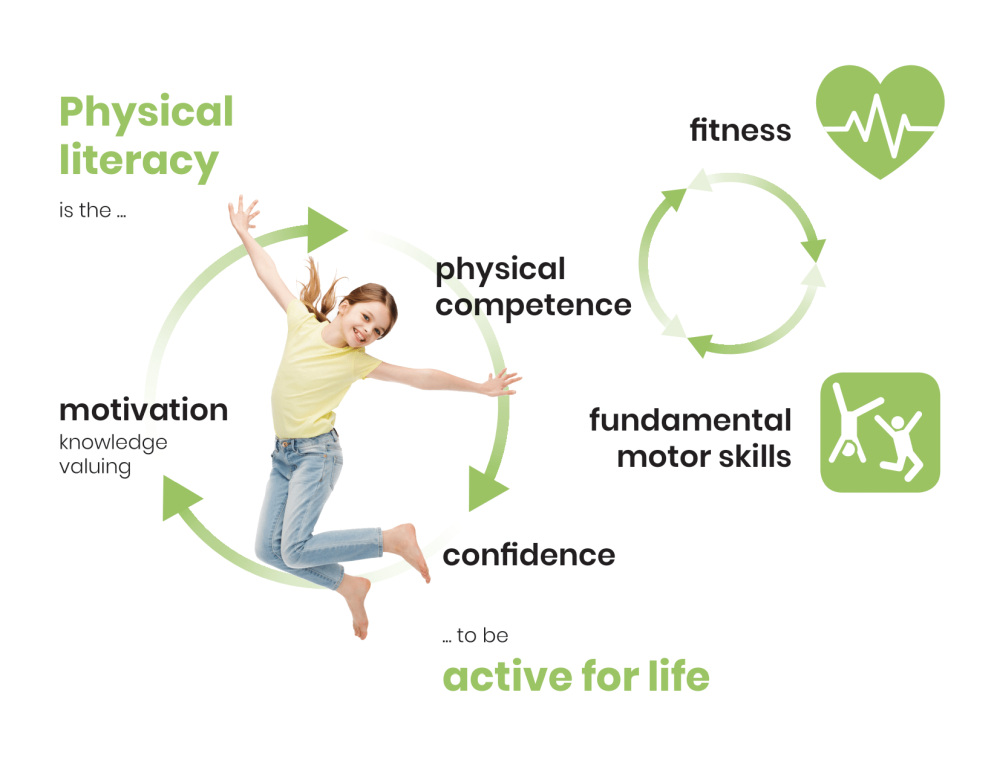Fitness is the foundation of physical literacy
We need objective data about physical fitness as an essential part of promoting adequate physical literacy in the population. Having a solid grasp of one’s own physical fitness will ensure that children and adolescents can choose to engage in, and maintain, purposeful physical activities throughout their lifetime, including all the health benefits associated with a healthy, active lifestyle.

When establishing a physical fitness monitoring system, the focus should be on the contextual information provided to teachers and parents. Fitness testing is much more than just ‘one more school assessment’ since it helps increase the physical literacy of the parents as well. Schools are in a unique position to positively affect physical activity and fitness of their students not just in the short term, but by instilling values and skills that will follow these children throughout their lives. How fit a child is now is related to how fit and active they will become in adulthood. The multidimensional and interactive nature of physical fitness is what makes it a central aspect of creating lifelong healthy and sustainable habits.
Physical fitness is critical to physical literacy. Those who have high physical literacy are more attuned to how their body works, what it needs to function properly, are better able to foster life-long physical activity habits.
Indeed, the definition of physical literacy can be described as ‘the motivation, confidence, physical competence, knowledge and understanding to value, and take responsibility for, maintaining purposeful physical pursuits/activities throughout the life-course’. This was written by The International Physical Literacy Association. Physical literacy includes four different important elements: the affective, physical, cognitive and behavioural.